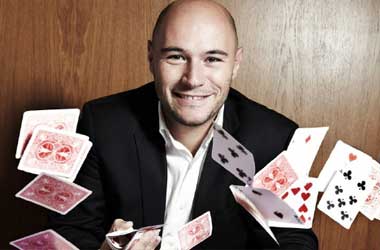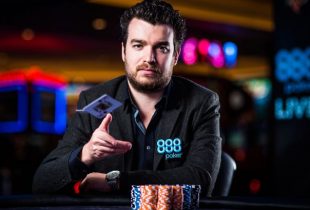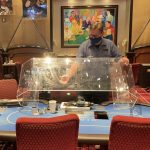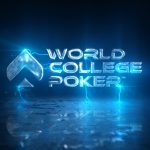
Global Poker League Unveils Compensation Package for Drafted Pros

Entrepreneur Alex Dreyfus is the visionary behind the Global Poker League, but time will tell if the poker community will follow his concept to “sportify” the game. (Image: Streeter Lecka/Ezra Shaw/Getty Images)
The Global Poker League (GPL) plans to pay its participating professionals a minimum of $100 per hour to compete against one another in the upcoming championship series that its founder Alex Dreyfus hopes will “sportify” the game.
Regardless of whether a professional is selected in round one, two, three, or as a wildcard in the upcoming GPL Draft, they will be compensated at the same hourly rate and also be rewarded with additional incentives, including revenue sharing.
The 12 initial teams and franchise managers were revealed earlier this month in anticipation of the draft, which is scheduled for February 25th. The top 1,000 players on the Global Poker Index (GPI) as of January 1, 2016, are eligible to be selected, should they wish to partake.
The calendar for the first 12-week season of the league is still being finalized, but teams are expected to compete twice a week online and at featured live events inside the clear proprietary signature arena dubbed “The Cube.”
Slow Start
If you’re talented enough to be ranked inside the GPI top 1,000, you’ve been able to become part of poker’s first-ever professional sports league for more than a week now. The application period officially opened on January 18th, but it appears pros aren’t racing to throw their names in the pot.
“Already 16 registered for the @GPL Draft Pool,” Dreyfus tweeted seven days after the process began. That means less than two percent of the qualified players were on board at that point.
Each team manager will draft three players, plus two wildcards, to complete their roster. With 12 franchises, Dreyfus needs to attract a minimum of 60 players.
If you’re thinking a Benjamin an hour won’t bring out the top-tier players, you might be right. However, there are added financial stimuli, including all-expenses-paid travel, a 20 percent cut of the $100,000 to the winning team, an end-of-season MVP bonus, and revenue sharing from merchandise, licensing, and sponsorships.
While the GPL says the players must commit to “reasonable availability to play all needed GPL events” and estimates a minimum obligation of 35-50 hours during the three month-long season, it doesn’t require full-time dedication and will work around outside major poker tournaments.
Pay to Play
Paying pros through appearance fees or to compete in poker events is still rather rare unless you’re a household name like Hellmuth or Negreanu, or a sponsored site pro or brand ambassador.
But with Dreyfus’ core mission to transform poker into a game that is attractive to the masses and structure it in a way that more closely resembles the Big Four professional sports leagues, this new system could be well-received, once players and spectators adjust to it.
After all, LeBron James doesn’t participate in a basketball game for free, and New Orleans Saints quarterback Drew Brees makes about $1.8 million each time he takes the field.
Regardless of the dollars laid out upfront, the vast majority of professional athletes are hungry for championships. Dreyfus is betting the same holds true for professional poker players.











0 Comments